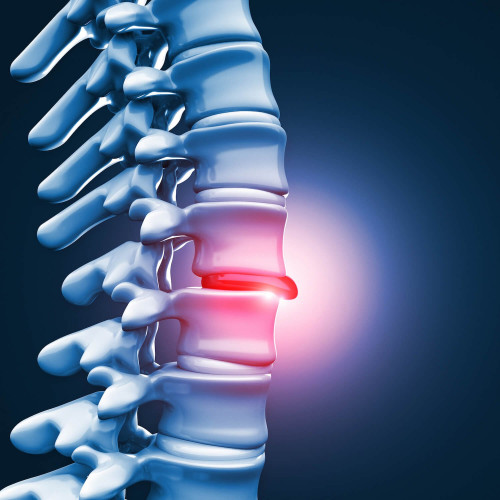How do I know if I have a disc bulge?
The following are good indicators that you may have a disc bulge and that you should seek a referral for an MRI scan to confirm.
- You are not responding to deep massage, Physical Therapy or Chiropractic treatment
- Your lower back feels extremely hot and inflamed
- Symptoms are worse when you are dehydrated
- Increased pain the morning after consuming alcohol
Disc bulges are extremely common, present in up to 40% of adults. Degenerative disc even more so, in up to 70% of adults.
It is important to note, that a bulging disc can completely heal, and even if they do not, you can be 100% pain free with complete function.
In fact, the vast majority of people with lower back disc bulges are completely unaware they have one.
What causes the disc to bulge?
It is the changes that occur over time to the muscular symmetry of the body that often create pain and coincidently cause the back discs to bulge. Muscular imbalances create an anterior pelvic tilt, which causes the natural curves of the spine to curve excessively in attempt to level the eye line with the pelvis (center of gravity). The excessive curve in the lumbar spine creates an outward force between vertebral bodies, constantly pushing the disc away from its midline position.
A lumbar disc bulge is one of many ‘knock-on’ effects created by the excessive lordotic curve created due to poor pelvic stability. Despite popular notion, a disc bulge may not be the source of discomfort for the back-pain sufferer. The deep muscles that support and stabilize the spine can be most commonly the major source of pain. Both the muscles and the joints are jammed together due to the excessive lumbar curve, the extra load placed on the area, and the lack of support from pelvic stabilizing muscles.
If you have suffered an acute lower back flare up and you are not responding to treatment after a few months, it would be wise to seek referral for an MRI to check if there is a disc bulge present. In the early acute stages of back pain, the diagnosis of a disc bulge can assist the chosen rehabilitation pathway.
If you are suffering from long term chronic back pain, we do not believe it integral that you seek an MRI, as after many months or years in pain, the body would have adjusted to its new compensatory position.
The important thing to note for the chronic back pain sufferer is that a disc bulge is just a symptom, as is restricted joints and muscles of the lower back. It is important that a correct and thorough diagnosis is determined, and a rehabilitation plan is put in place to strengthen the body to correct the anterior pelvic tilt and poor posture.
Once the anteriorly tilted pelvis is rectified and the muscles that support the lower back are strengthened, the outward pressure on the disc will be eradicated allowing it to gradually shift back into its midline position between vertebral bodies.
Back Solution across America has a proven record with acute and chronic back pain sufferers exceeding in excellence across the country. We have treated thousands of patients that range from Olympic athletes, professional athletes as well as everyday pain sufferers. Our rapid growth across the country will ensure a local clinic will be in your area soon to address you acute and chronic back pain.

